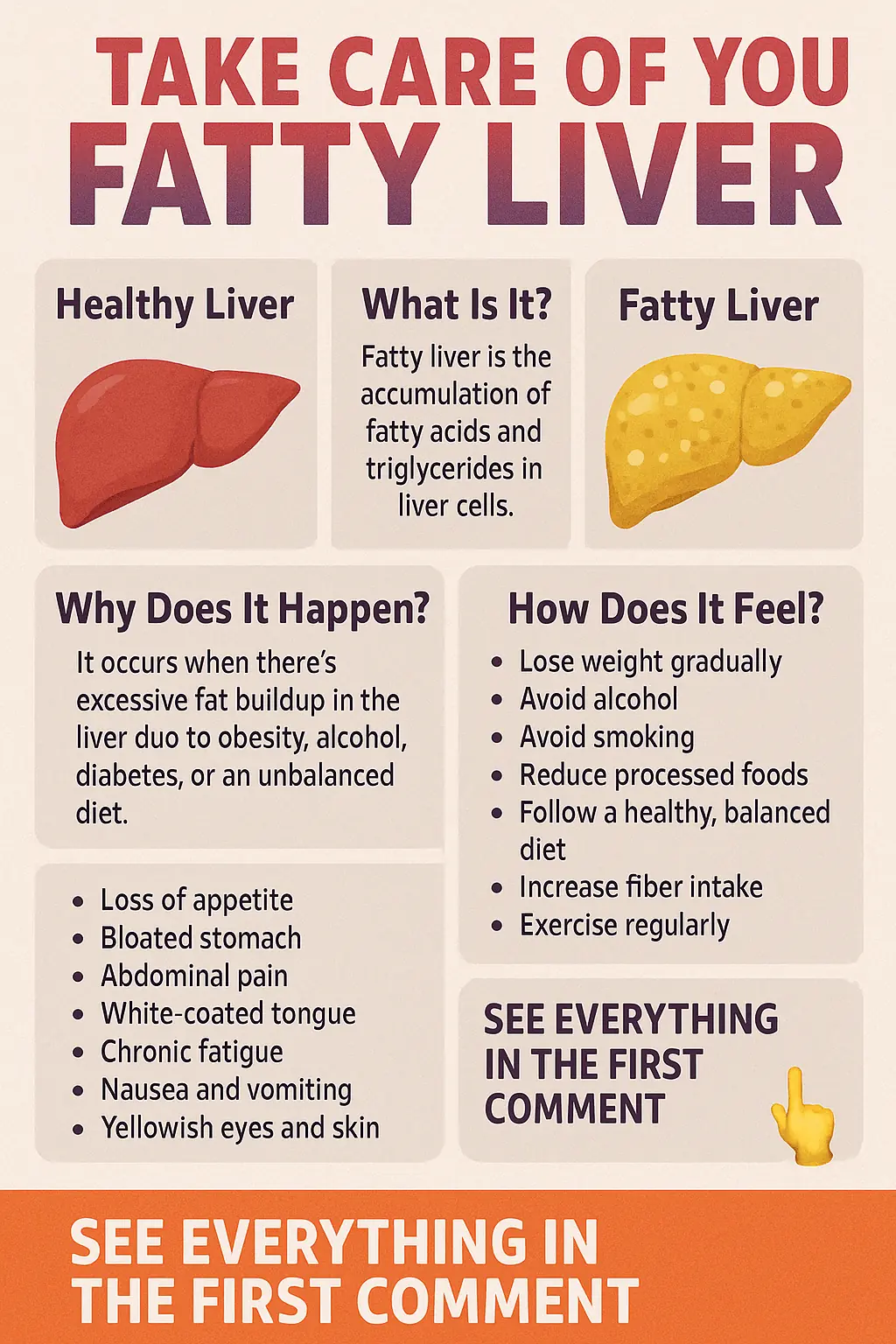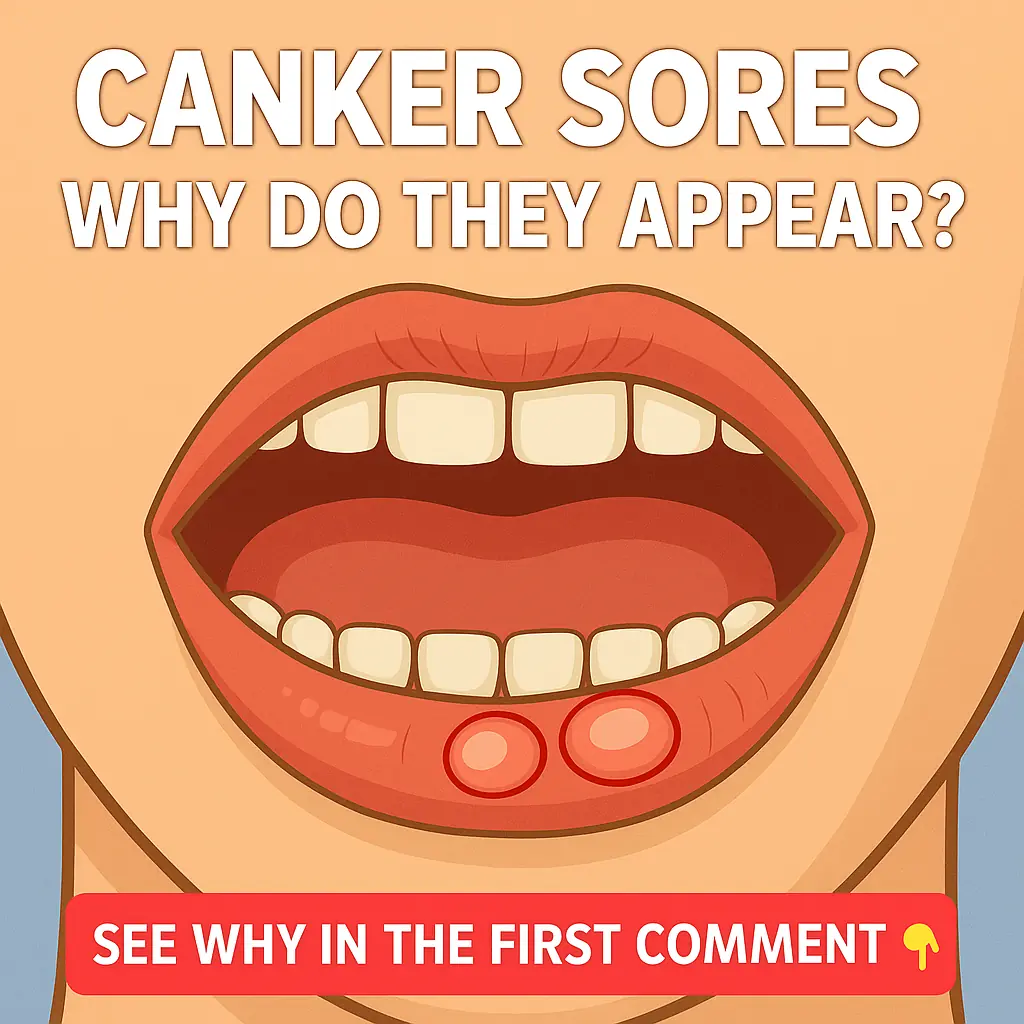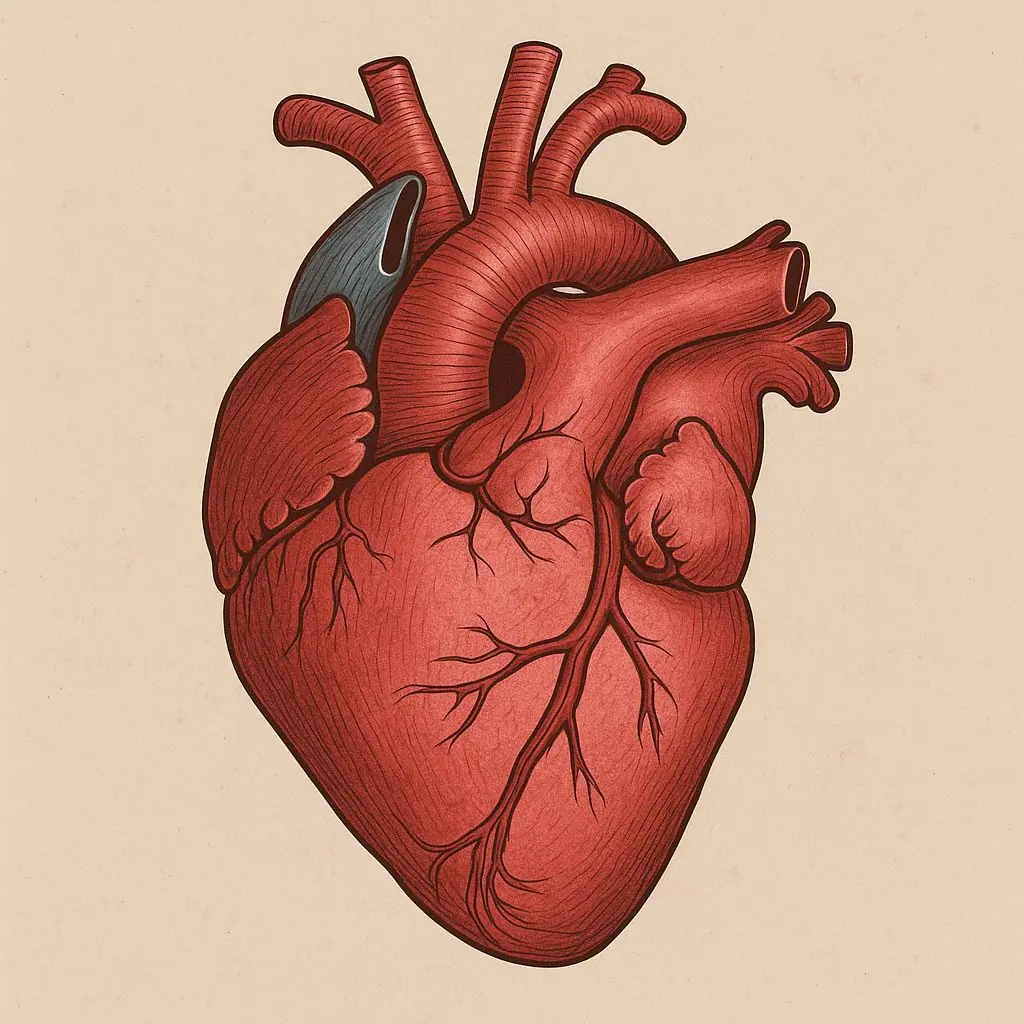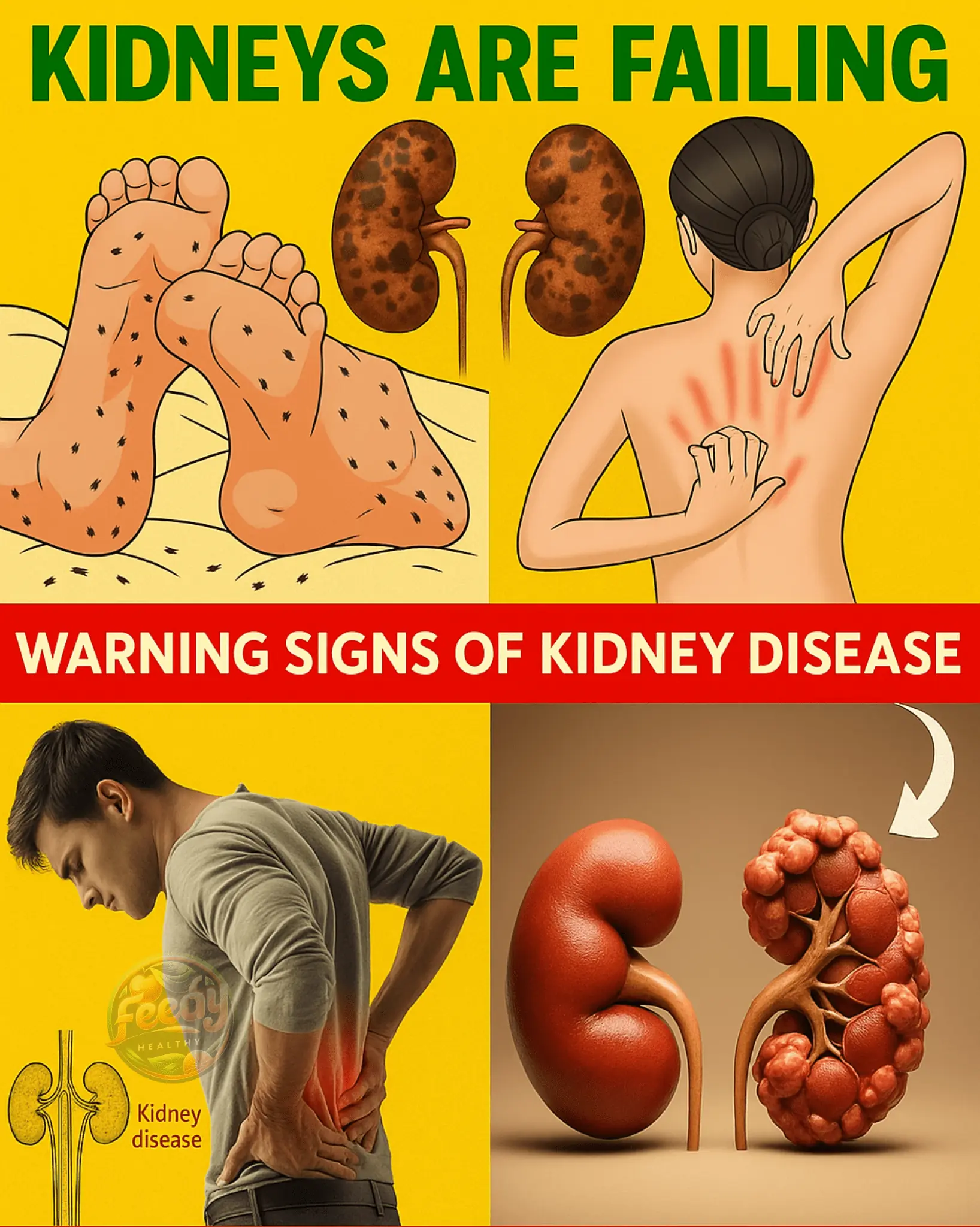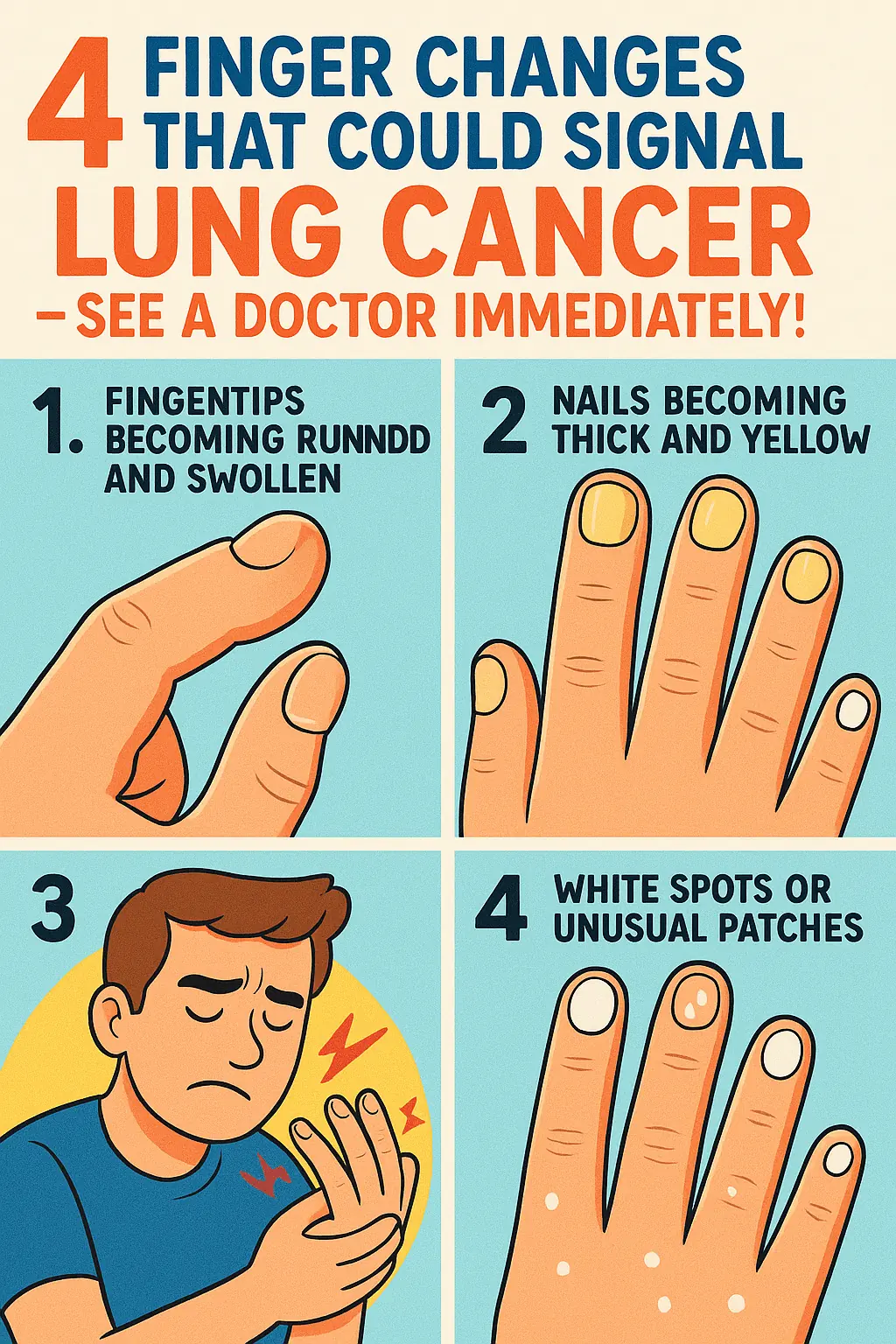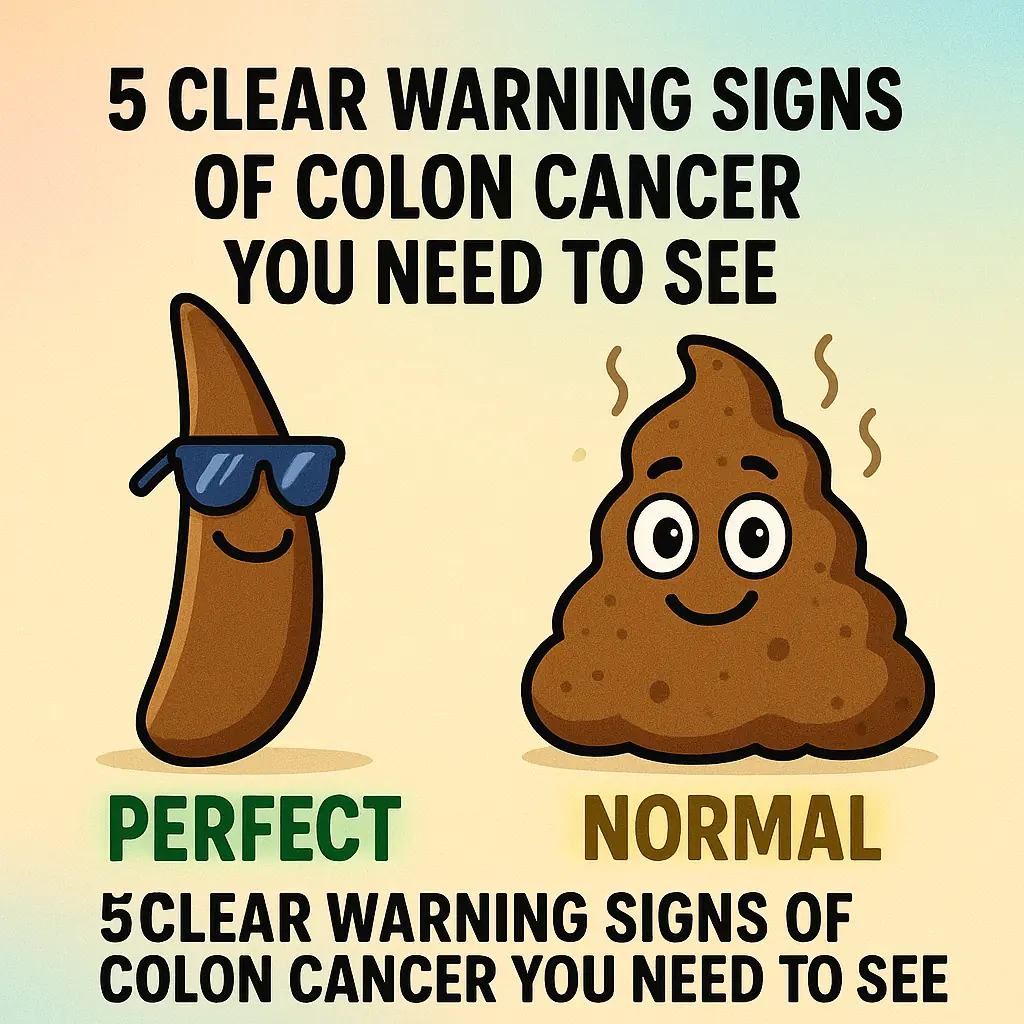Each person’s condition may present differently. To detect and treat nasopharyngeal cancer in time, pay attention to the following signs:
1. Persistent Sore Throat
A long-lasting sore throat is an early sign of nasopharyngeal cancer, often mistaken for a common cold or flu. This occurs when a growing tumor damages the mucosa, causing prolonged throat pain that worsens over time, often accompanied by difficulty swallowing saliva or food.
2. Headache
This symptom is common when the malignant tumor has invaded the skull. The tumor may press on nerves, causing one-sided headaches, temple pain, or pain at the top of the head. The discomfort is usually dull and persistent, resembling neurological or brain-related conditions.
3. Neck Lumps (Lymph Nodes)
Most patients with nasopharyngeal cancer develop swollen lymph nodes in the neck. At the early stage, these lumps are small and can only be detected by touch. In later stages, they enlarge, may cause neck or jaw deformity, and feel fixed to surrounding tissue instead of moving under pressure.
4. One-Sided Nasal Congestion or Runny Nose
Because early symptoms are easily mistaken for common illnesses, this cancer can be hard to detect early. One-sided nasal congestion or runny nose—often confused with sinusitis or allergies—can be an early warning sign, especially if accompanied by nosebleeds.
5. Tinnitus or Hearing Loss in One Ear
A feeling of fullness in the ear, prolonged ringing (tinnitus), or unexplained hearing loss in one ear can be related to nasopharyngeal cancer, particularly if there’s no ear infection present.
6. Ear Discharge or Bleeding
In some cases, the cancer can spread, causing bleeding or pus discharge from the ear. This indicates tumor invasion of the ear canal or middle ear, leading to infection and hearing impairment.
7. Facial Numbness
As the tumor grows, it may compress facial nerves, causing numbness or weakness on one side of the face. This can make it difficult to control facial muscles, express emotions, or perform everyday activities.
⚠️ Important:
If any of these symptoms persist, seek medical examination and diagnosis promptly. Early detection greatly improves treatment outcomes.
